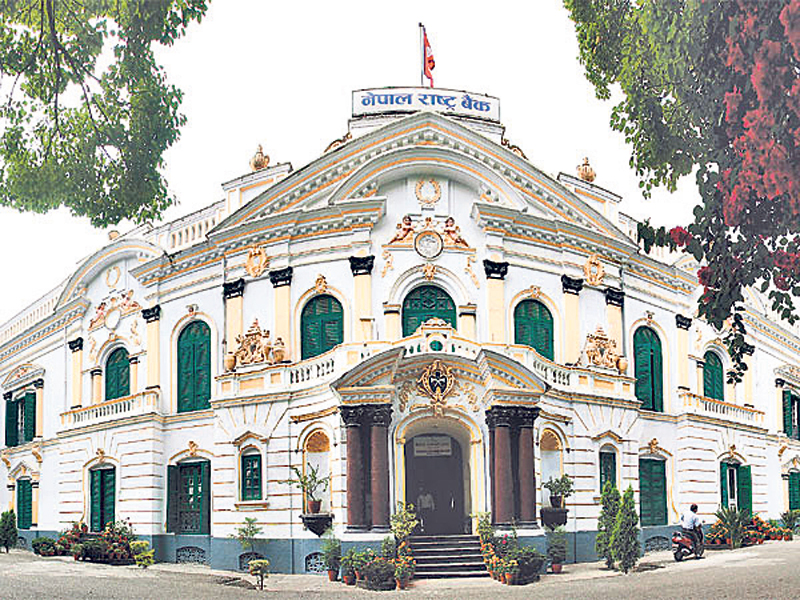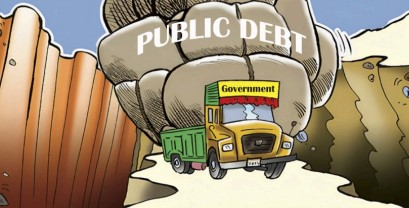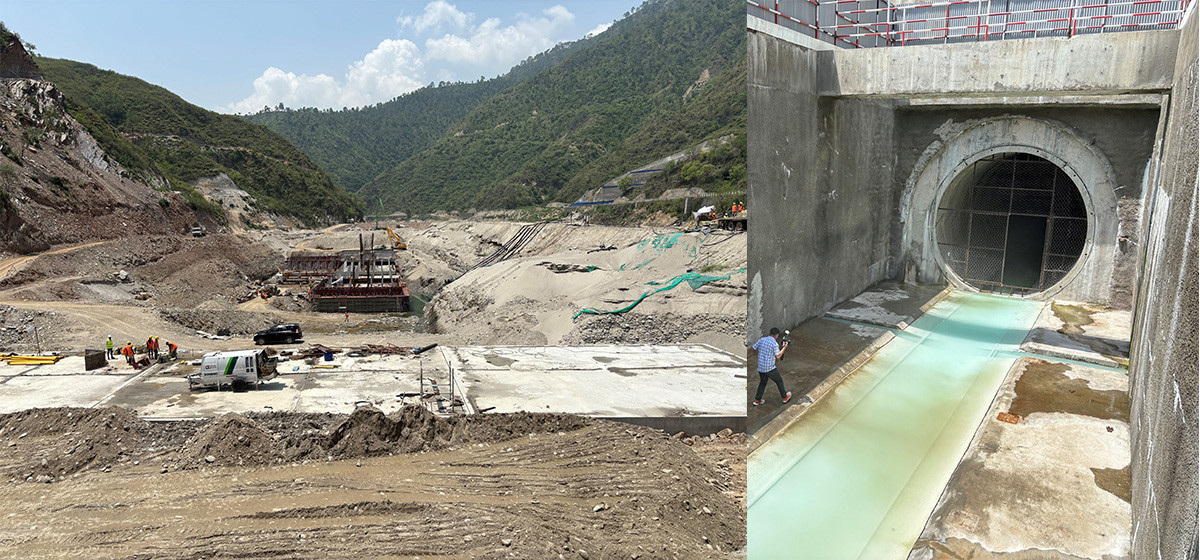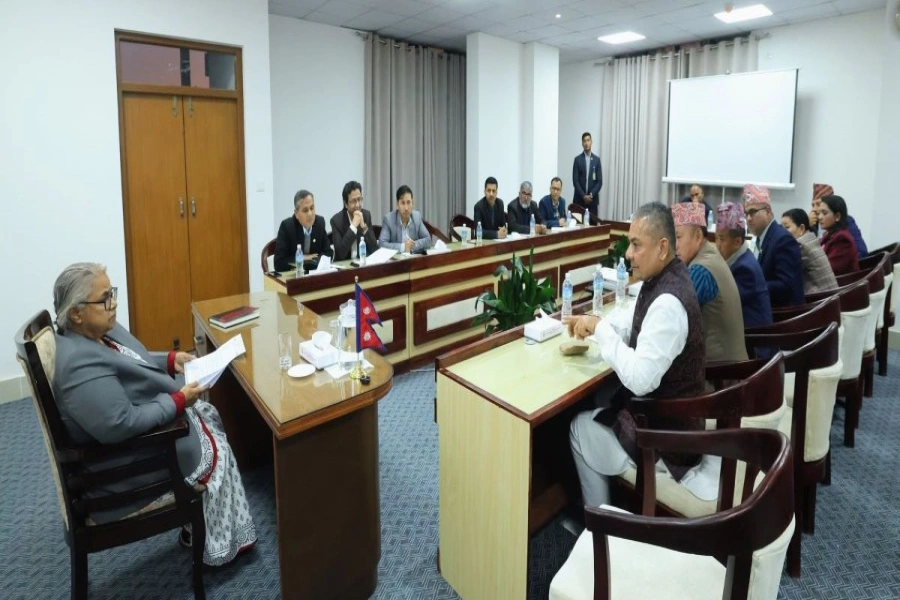KATHMANDU, Aug 13: The government has acknowledged that the gap in ambitious revenue collection target and the actual generated amount is one of the underlying risks in the government system.
The ‘Fiscal Risk Statement and Strategies’ unveiled by the Ministry of Finance (MoF) on Tuesday, states that the government every year needs to curtail the earmarked expenditure due to the falsified prediction of the public revenue collection. “On the institutional side, forecasting errors in revenue and expenditure projections can lead to budget execution challenges, potentially widening fiscal deficits or creating funding shortfalls,” reads the MoF’s report.
In recent years, revenue forecasting remains a significant challenge, with tax revenue forecasts deviating by an average of Rs 550 billion annually (7.2 percent of the country’s GDP), which is similar to the volatility seen during the COVID-19 period. The magnitude and recurring nature of forecast errors has resulted in high-impact fiscal risk.
The MoF has pointed out a number of factors behind the government’s ambitious forecast for the annual revenue collection. Overly optimistic assumptions, particularly regarding customs duties and import-based VAT are among the main causes.
Revised interest rate corridor system introduced

Likewise, grant revenue forecasts have also been overly optimistic, with actual receipts averaging only half of budgeted amounts (around 1.2 percent of GDP), especially after the 2015 earthquake when donors’ pledges significantly increased. However, its impact on fiscal deficit is limited because the majority of the grants are project-specific which means that associated spending typically adjusts downwards when grants are not disbursed.
Nepal’s fiscal position is notably sensitive to fluctuations in GDP growth, as reflected by its growth volatility. Changes in GDP can materially influence revenue collections, public spending, and in turn, debt dynamics.
The MoF has estimated the country’s aggregate revenue elasticity coefficient based on GDP and total revenue growth for the period between FY 2012-13 and FY 2023-24 at 1.25. This shows that during the given period, one percent GDP growth resulted in 1.25 percent growth in total revenue of the government.
The excessive gap in revenue collection forces the government to carry out mid-year expenditure cuts, including reductions in capital spending. “This has led to the reduction in the budget allocated for development projects, while negatively affecting the economic growth target,” according to the MoF.
The MoF report suggests the government to enforce mitigation measures such as focusing on building fiscal buffers and improving forecasting capacity through better data, analytical tools, and independent review processes.
“Nepal could establish stabilization funds to buffer against revenue shortfalls during economic downturns or external shocks, ensuring fiscal space without abrupt expenditure cuts. Such funds can smooth public spending across business cycles and reduce the need for pro-cyclical borrowing.”
The MoF has also pointed out several risks related to sub-national governments. The federal governance structure, with seven provinces and 753 local governments, poses emerging fiscal challenges due to high reliance on federal transfers, underspending, increasing arrears, weak revenue generation, and growing staffing costs, the report added.
The report further states that strengthening the fiscal foundation of sub-national governments must remain as a key priority. “Efforts should focus on enhancing their internal revenue mobilization and reinforcing the legal and institutional frameworks governing debt management.”







































